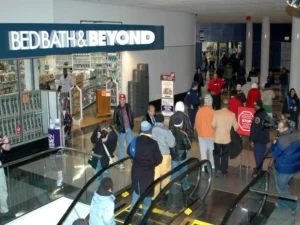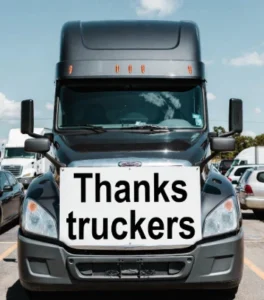The North American Brake Safety Week starts on August 25, here’s how to keep your brakes in optimal conditions for the inspection
The Commercial Vehicle Safety Alliance (CVSA) organizes the North American Brake Safety Week every year, focusing on education and inspections of brake systems for commercial vehicles. During this week of intensive inspections, if an inspector finds critical issues that violate the North American Standard Out-of-Service Criteria, the vehicle will be taken out of service until these problems are resolved.
In 2023, the CVSA reported that out of 4,898 inspections conducted in a single day, 570 vehicles were immediately restricted from operation due to critical brake-related violations. The most common violation was defective service brakes, accounting for nearly 58% of all brake-related violations.
Brake safety violations occur when the braking system does not meet FMCSA and CVSA regulations, ranging from minor issues to severe defects that can put the vehicle out of service. The most common violations include:

Types of brake safety violations
- Misaligned brakes
- Worn brake pads or shoes
- Air leaks
- Cracked rotors or drums
- Contaminated brake linings
- Inoperative brake lights
Brake safety violations can have significant consequences for fleet operators, as they not only negatively impact a carrier’s Compliance, Safety, and Accountability (CSA) score but are also common causes of accidents that can result in fatalities or costly lawsuits.
It is crucial for carriers, truck drivers, and owner-operators to maintain brakes in good condition to ensure road safety and avoid potential fines. Although brakes are a complex part of vehicles, routine actions can be taken to keep them in optimal condition. Below are some tips to avoid CVSA code violations.

Tips to avoid brake safety violations
1. Routine inspections
Inspect the brakes at the beginning and end of each shift using the FMCSA checklist. Check for potential issues such as rubbing, damaged components, worn pads, or cracked drums. Additionally, periodically inspect the wheels, clean them, and check for signs of wear, corrosion, or cracks.
2. Preventive maintenance
In addition to self-inspections, having a professional check the system at least once a year, preferably during the annual safety inspection, is crucial. Work with your mechanic to implement a detailed preventive maintenance program focused on braking systems.
3. Driver training
Training drivers to identify brake problems and follow proper reporting procedures will prevent maintenance details from going unnoticed. Educating drivers on how to properly inspect and prepare brakes can help extend the life of the brakes and the vehicle.

4. Invest in quality
Use high-quality brake components and ensure they are installed correctly. Additionally, implement telematics in your fleet to identify dangerous driving behaviors, monitor driver data in real-time, and avoid costly repairs. Telematics also helps automate maintenance scheduling and sends alerts when a vehicle operates outside normal parameters, facilitating immediate identification and repair of brake system issues and other components.
5. Understand documentation and regulations
In addition to constant maintenance, a crucial step to avoiding violations during inspections is maintaining detailed records of brake repairs and maintenance, as well as documentation for each vehicle. It is also important to stay informed about current and future regulations, keep up with FMCSA updates on federal brake safety standards, and be aware of additional state-specific safety requirements. These steps are essential to ensure that vehicles meet the required conditions.

The strangest Black Friday purchases: from funny to nothing
Fueled by the adrenaline of the moment and the excitement of scoring big discounts, many shoppers have ended up buying unusual items during Black Friday.

Young drivers wanted, older drivers needed: the industry’s biggest dilemma
The road transportation industry remains at a crossroads in its efforts to recruit young drivers, but the workforce keeps aging and seeking retirement. The road

Thanksgiving, Black Friday and the Long Weekend: America Moves Because Trucks Never Stop
Thanksgiving, Black Friday and the Long Weekend: America Moves Because Trucks Never Stop

Thankful for the Drivers Who Keep America Moving This Thanksgiving
Thankful for the Drivers Who Keep America Moving: The Invisible Work Behind One of the Busiest Thanksgiving Seasons

Preparing for Thanksgiving travel: best and worst times to travel
Whether you are a truck driver, a traveler, or simply someone who needs to move around during these days, we share essential information to help

Cargo theft spikes during Thanksgiving: how to stay safe
Every year during Thanksgiving, cargo theft poses a serious threat to the trucking industry, and this year will be no exception. Every year during Thanksgiving,
